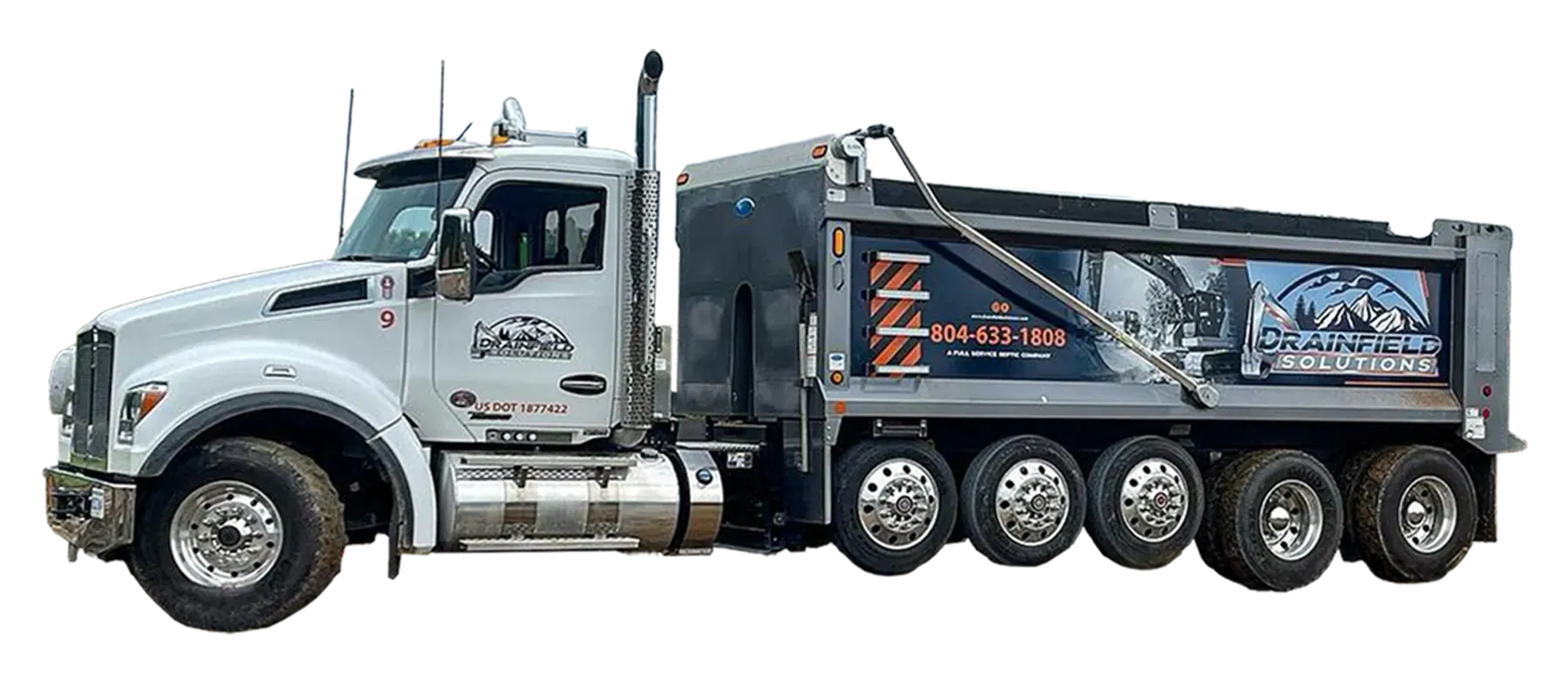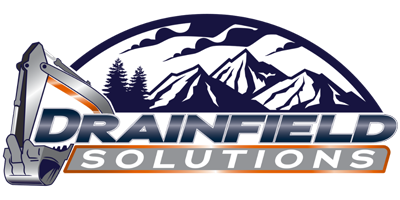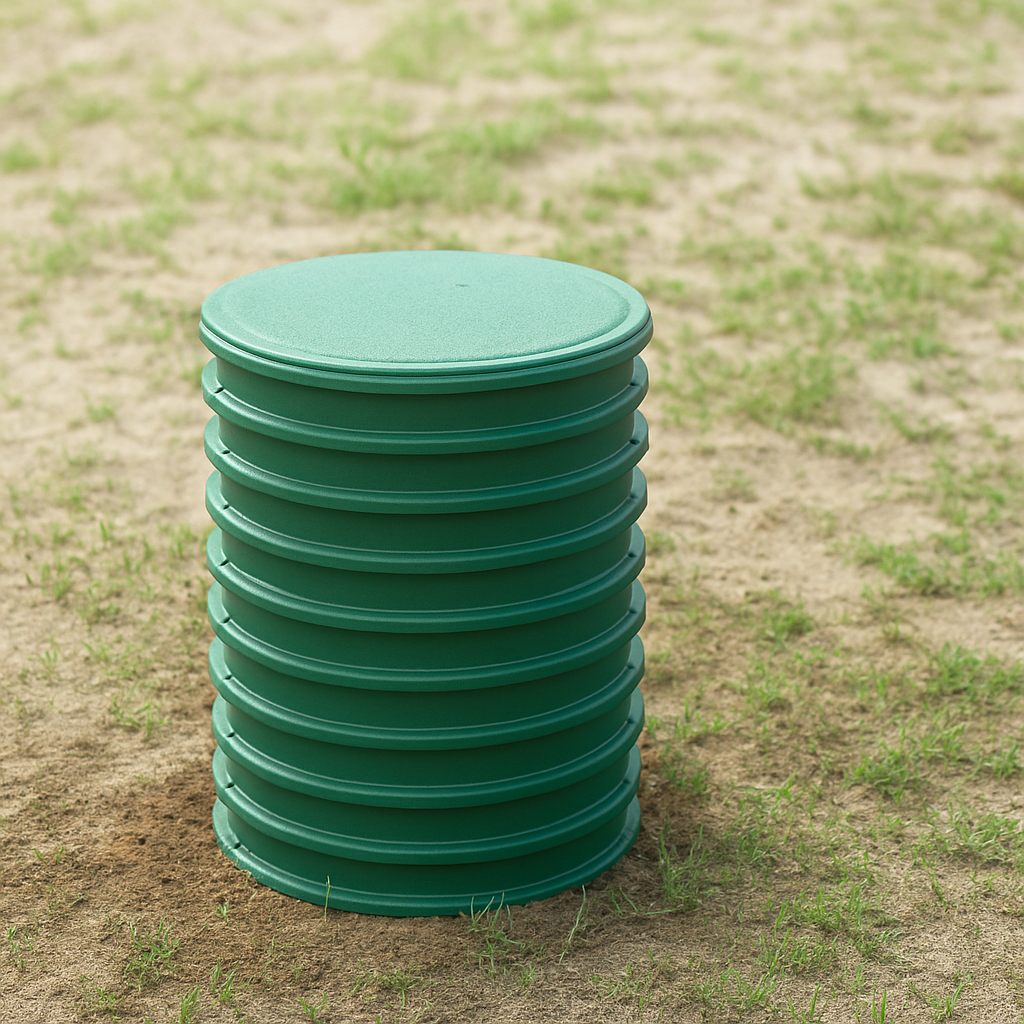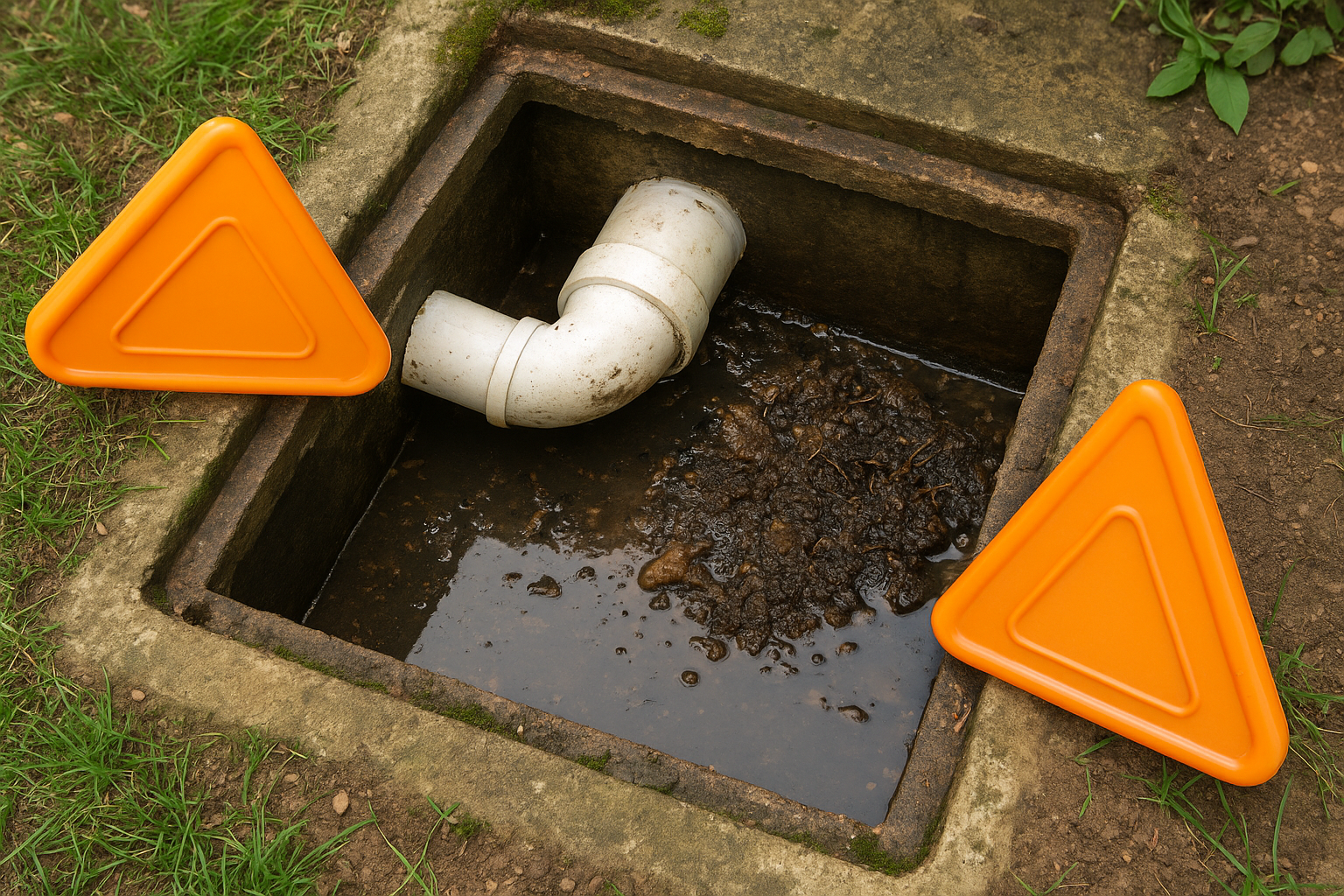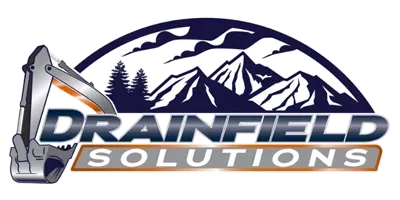
What is a Drainfield, or Leach Field, And How Does it Work?
November 7, 2024
A drainfield, often referred to as a leach field, is a critical component of a septic system. It serves as the final stage in the treatment of wastewater from homes and buildings not connected to municipal sewer systems. To understand its importance and functionality, we must first look at the bigger picture—how a septic system works and why the drainfield is vital for environmental health and the longevity of your system.
How a Septic System Works
A typical septic system consists of two main components: a septic tank and a drainfield. Wastewater from your household (from sinks, toilets, showers, etc.) flows into the septic tank, where it is naturally separated into three layers:
1. Scum:
This layer floats on top of the wastewater and consists of oils, fats, and grease.
2. Effluent:
The middle layer is the liquid waste, which makes up the majority of the material in the tank.
3. Sludge:
Solid waste settles at the bottom of the tank, forming a thick layer of sediment.
The purpose of the septic tank is to separate these layers and allow bacteria to break down the organic matter in the scum and sludge. However, the effluent (the liquid layer) still contains pathogens, nutrients, and other contaminants. This is where the drainfield comes into play.
The Role of the Drainfield
After the wastewater is partially treated in the septic tank, the effluent is transported to the drainfield. The drainfield is a network of perforated pipes laid out in trenches filled with gravel or other filtering materials. As the effluent flows through these pipes, it slowly trickles into the surrounding soil, where it undergoes further treatment.
The soil acts as a natural filter, removing harmful bacteria, viruses, and nutrients from the wastewater before it enters the groundwater. Microorganisms in the soil play a key role in breaking down organic matter, and the soil’s natural filtration process removes contaminants that could otherwise pose a risk to public health and the environment.
Soil Filtration and Biological Treatment
The most critical function of a drainfield is the soil filtration process. Different layers of soil provide varying degrees of filtration, which help to remove pathogens and nutrients from the wastewater. Here's how the soil filtration process works:
1. Initial Filtration:
As the effluent percolates down through the soil, larger particles and organic matter are trapped by the soil's surface. This initial filtration removes many of the larger contaminants.
2. Microbial Action:
As the effluent moves deeper into the soil, beneficial microorganisms, such as bacteria and fungi, begin to break down organic matter in the wastewater. These microbes help reduce the concentration of harmful pathogens and convert organic compounds into simpler, less harmful substances.
3. Nutrient Removal:
Nutrients like nitrogen and phosphorus, which can be harmful to water sources in large quantities, are absorbed by plants or converted into gases that are released into the atmosphere. This reduces the risk of groundwater contamination.
Why the Drainfield is Essential
The drainfield is an integral part of the septic system because it provides the final stage of wastewater treatment. Without it, untreated wastewater could reach groundwater, rivers, lakes, or streams, leading to contamination of drinking water and damage to aquatic ecosystems.
A properly functioning drainfield ensures that wastewater is treated and dispersed safely, preventing environmental hazards and prolonging the life of the entire septic system. Conversely, a failing drainfield can result in costly repairs, backups, and environmental damage, making it crucial to understand how it works and how to maintain it.
Key Factors Influencing Drainfield Performance
Several factors influence how well a drainfield functions, and understanding these factors can help homeowners make informed decisions about septic system maintenance:
1. Soil Type:
Different soils have different absorption rates. Sandy soils allow water to percolate quickly, making them ideal for drainfields, while clay soils drain slowly, increasing the risk of oversaturation and system failure.
2. Water Usage:
Excessive water usage can overload the septic system, leading to saturated drainfields that can’t efficiently absorb and filter wastewater. Conserving water and spacing out high-water activities can prevent overloading the drainfield.
3. Drainfield Design:
The design of the drainfield, including the layout of pipes and trenches, must be suited to the property’s size, soil type, and anticipated water usage. A poorly designed drainfield can lead to uneven distribution of wastewater and premature failure.
4. Regular Maintenance:
Routine inspections and septic tank pumping are critical to ensuring the longevity of the drainfield. When the septic tank isn’t pumped regularly, solids can enter the drainfield, clogging pipes and preventing the system from working properly.
Signs of Drainfield Problems
Understanding the warning signs of a failing drainfield can help you catch problems early and avoid costly repairs. Some common indicators that your drainfield may not be functioning properly include:
1. Slow Drains:
If sinks, toilets, or showers are draining slowly, it could be a sign that the drainfield is saturated or clogged.
2. Foul Odors:
Unpleasant odors around the septic system or in your yard are often a sign that wastewater is not being properly treated or absorbed by the drainfield.
3. Standing Water:
Puddles or wet spots in the yard near the drainfield can indicate that the soil is oversaturated and unable to absorb more wastewater.
4. Lush, Green Grass:
While it may seem like a good thing, patches of lush, green grass over the drainfield can be a sign that the system is leaking, and the effluent is surfacing instead of percolating into the soil.
Conclusion
A properly functioning drainfield is critical to the overall health of your septic system and the environment. Understanding how a drainfield works, what factors influence its performance, and how to maintain it will help you ensure that your septic system operates efficiently for years to come. Regular inspections, water conservation, and early identification of problems can save you from costly repairs and potential environmental damage. By taking a proactive approach to drainfield care, you can protect your investment and contribute to a healthier environment.
At Drainfield Solutions, we know the critical role a well-maintained septic system plays in your home's and the environment's health. Our dedicated team of professionals is here to ensure your system receives the expert care it needs to operate efficiently and comply with all state regulations. Whether it's routine pumping, detailed inspections, or comprehensive system evaluations, we are committed to helping you avoid expensive repairs and prolong the life of your septic system.
Regular maintenance can prevent future problems and keep your home safe, clean, and running smoothly. If you're ready to schedule your septic system service or have questions about your system, visit our contact page to schedule an appointment with us today or by calling 804-633-1808. We're here to help homeowners throughout Central Virginia maintain reliable and effective septic systems.
Share Post
Latest Posts
Ready to Take the Next Step?
Whether you're in need of a system inspection or regular maintenance, Drainfield Solutions is here to help. Get in touch today for reliable service you can trust.
